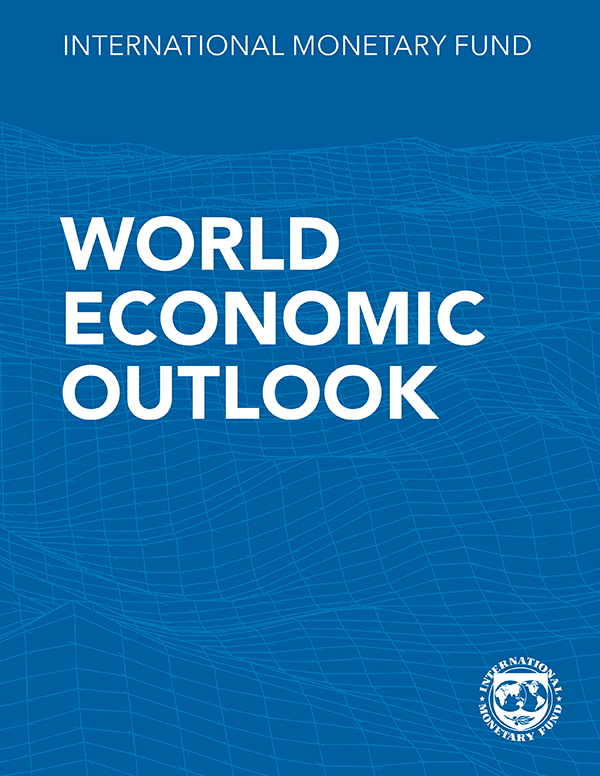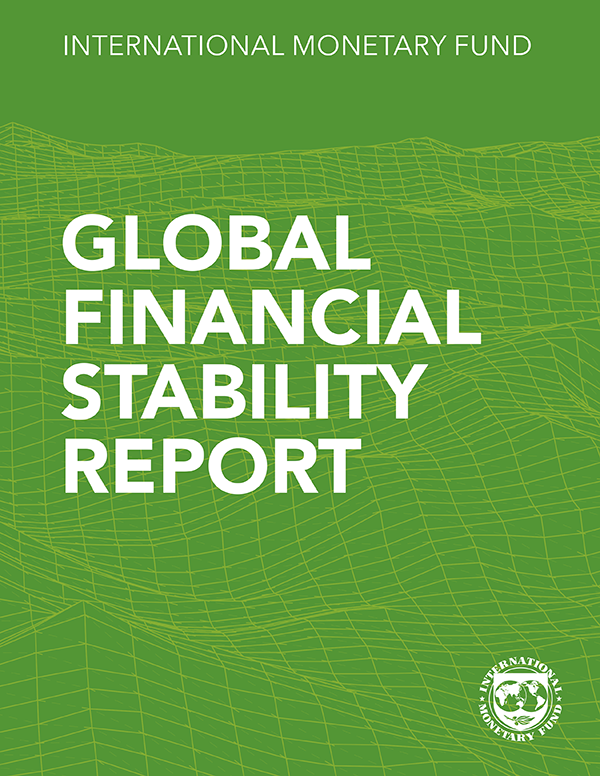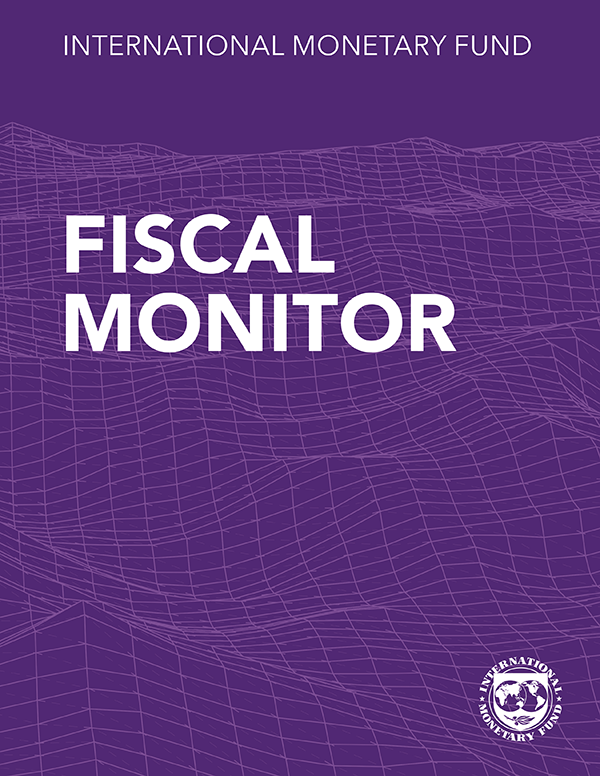Inflation and uncertainty
Global economic activity is experiencing a broad-based and sharper-than-expected slowdown, with inflation higher than seen in several decades. The cost-of-living crisis, tightening financial conditions in most regions, Russia’s invasion of Ukraine, and the lingering COVID-19 pandemic all weigh heavily on the outlook. Global growth is forecast to slow from 6.0 percent in 2021 to 3.2 percent in 2022 and 2.7 percent in 2023. This is the weakest growth profile since 2001 except for the global financial crisis and the acute phase of the COVID-19 pandemic.
Global inflation is forecast to rise from 4.7 percent in 2021 to 8.8 percent in 2022 but to decline to 6.5 percent in 2023 and to 4.1 percent by 2024. Monetary policy should stay the course to restore price stability, and fiscal policy should aim to alleviate the cost-of-living pressures while maintaining a sufficiently tight stance aligned with monetary policy. Structural reforms can further support the fight against inflation by improving productivity and easing supply constraints, while multilateral cooperation is necessary for fast-tracking the green energy transition and preventing fragmentation.

Global Prospects and Policies
The slowdown in global economic activity is broad-based and sharper-than-expected, with inflation higher than seen in decades. The economic outlook depends on a successful calibration of monetary and fiscal policies, the course of the war in Ukraine, and growth prospects in China. Risks remain unusually large: monetary policy could miscalculate the right stance to reduce inflation; diverging policy paths in the largest economies could exacerbate the US dollar’s appreciation; tightening global financing could trigger emerging market debt distress; and a worsening of China’s property sector crisis could undermine growth. Policymakers should focus on restoring price stability and alleviating cost-of-living pressures. Multilateral cooperation remains necessary to fast-track the green energy transition and prevent fragmentation.

Wage Dynamics Post–COVID-19 and Wage-Price Spiral Risks

Near-Term Macroeconomic Impact of Decarbonization Policies
Disclaimer: The boundaries, colors, denominations, and any other information shown on the maps do not imply, on the part of the International Monetary Fund, any judgment on the legal status of any territory or any endorsement or acceptance of such boundaries.
Publications

December 2025
Finance & Development
- More Data, Now What?

Annual Report 2025
- Getting to Growth in an Age of Uncertainty

Regional Economic Outlooks
- Latest Issues










